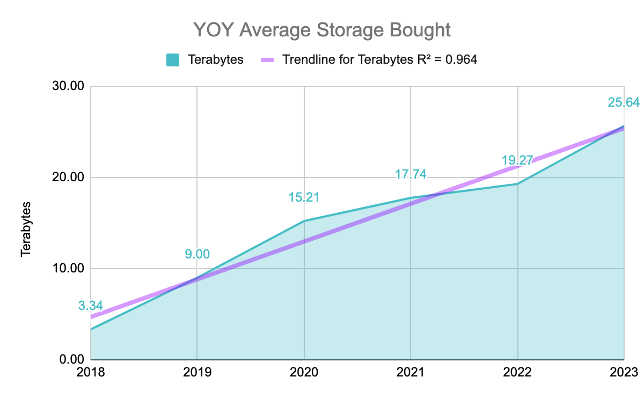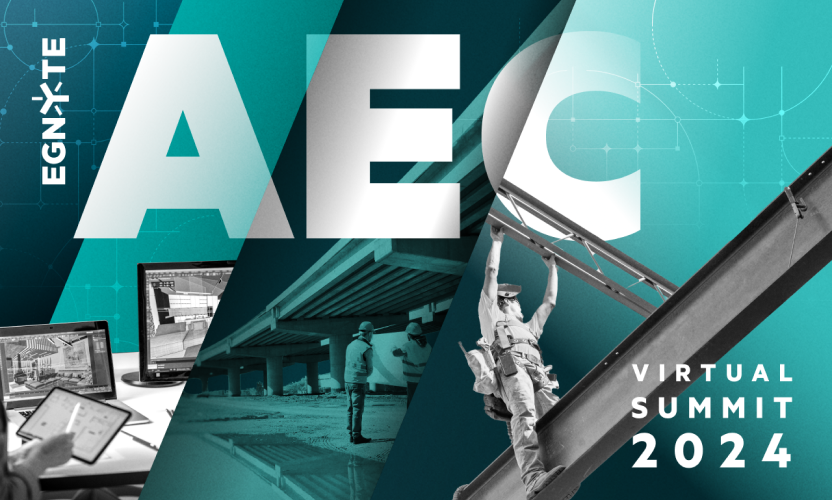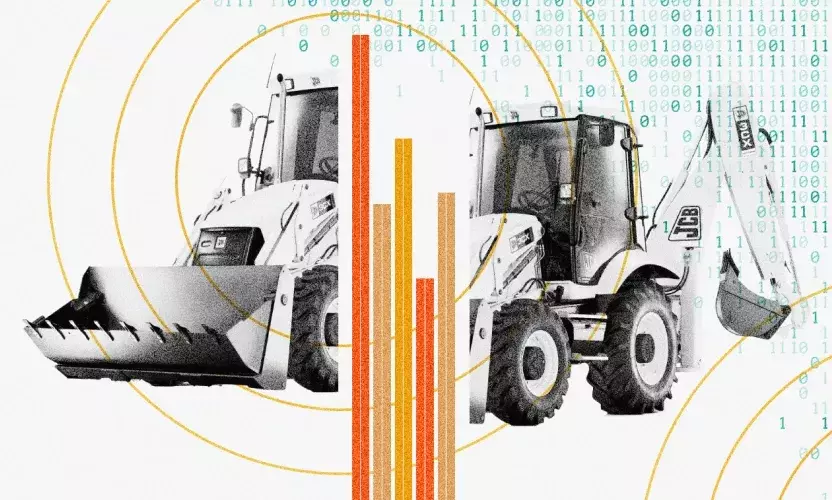
AI's Role in Securing AEC Data: Paving the Path Forward
In the oft-obscure world of Architecture, Engineering, and Construction (AEC), the structures we see reaching for the skyline are not just feats of design and engineering but archives of data, each rivet and beam a data point in a colossal network of information. Yet, with these digital monoliths comes an invisible vulnerability – data control, a challenge that’s upending the AEC industry.
This is where Artificial Intelligence steps into the fray, not just as an abstract solution to a theoretical problem, but as a pragmatic safeguard, protecting data from a plethora of perils. But, before we can talk about guarding the castle, we need to understand the growing threat to the kingdom's walls.
The Data Deluge in AEC
The modern AEC firm is grappling with an unprecedented data explosion. A recent report by Egnyte revealed that firms in this industry experience a compounded annual growth rate of over 50% in their data storage requirements. These figures aren't mere numbers; they're a seismic shift signaling the industry’s transition from locally stored files to cloud-based repositories.

The onset of the global pandemic acted as a data catapult, propelling firms toward remote work solutions and accelerated digital transformation. But the shift isn’t a mere one-time leap to safety – it's a continuous, high-velocity trend demanding dynamic responses.
Opening the AI Toolkit
We’ll address the burgeoning needs for data control and security by looking at how AI solutions can be uniquely molded to fit AEC’s intricate needs. When considering AI, firms must ask deeply analytical questions:
- Do permissions and restrictions align between AI and human stakeholders, ensuring a controlled ecosystem?
- Can AI systems selectively include or exclude files based on predetermined criteria, guiding the flow and accessibility of data?
- What measures safeguard against inadvertent data leaks, and how are data logs managed and AI models trained?
- And finally, how do we ensure the veracity of AI-generated insights and recommendations?
By laying AI over your data infrastructure, you artfully transform it from a passive depository to an active, intelligent custodian. But AI isn’t just a digital gatekeeper; it's the ally of conversations with other systems and users, keeps data organized, categorizes information for clarity and ease of access, and improves data analytics.
AI as the Guiding Hand
Implementing AI in data control strategies isn't just about selecting a product but forging a partnership. AEC firms must seek AI that integrates seamlessly with existing systems, catering to unique workflows, and providing a transparent layer of control and insight. Real-world examples, such as AI-powered knowledge bases and smart tagging, showcase AI's prowess in augmenting human control and enhancing organizational data literacy.
These examples are not just speculative ideals; they're the tangible results of navigating a rapidly evolving digital landscape.
The Umpire in the Cloud
No article on data control in the digital age is complete without addressing privacy and compliance. Not only does AI help you to identify security vulnerabilities in the metaphorical cloud, it gives you important visibility into information that's required for data protection regulations like GDPR and CCPA. AI is the technological umpire, steering firms down the path of ethical use and strict compatibility with international privacy standards.
AI Still Needs to Follow the Rules
The potential use cases for AI are immense, but with this comes associated risks. If the AI solutions have carte blanche access to data, then ultimately so do the users. Instead, companies need to ensure that the chosen AI solutions follow the same permission models as the user which is running the prompts to ensure no data leakage.
In a similar fashion, it is easy for AI vendors to train their models based on customer data. However, in a highly competitive industry like AEC, that is not acceptable. Instead, AI must only be trained within the confines of the customer’s data footprint, and not used to train the master model - counter to many of the consumer grade tools on the market.
The Man Behind the Curtain
The critical cog in this AI machinery is the human element. Amid discussions of algorithms and automation, we must not forget that technology necessitates human stewardship. AI in data control does not preclude human decision-making but enriches it. This symbiotic relationship between AI and human handlers offer a dynamic interplay, fortifying AEC firms against data breaches and leaks.
Conclusion
Thus, we stand at the precipice of a new chapter in AEC’s digital voyage. The road ahead winds through the terrains of cloud computing, AI integration, and data governance. The navigation will be intricate, and the need for a sophisticated compass – AI technology – is dire.
In leveraging AI to mitigate risks in data control, AEC firms not only ensure the sanctity of their most valuable asset – data – but also galvanize their position as forward-thinking, resilient entities in an information-saturated world. The time for innovation is now. The time for AI is now. It’s time to secure your data, it’s time to steer the future.
AEC professionals, data management experts, and technology innovators, brace yourselves. The cresting wave of AI is not to be feared but to be ridden. The future belongs to the daring and the prepared.





